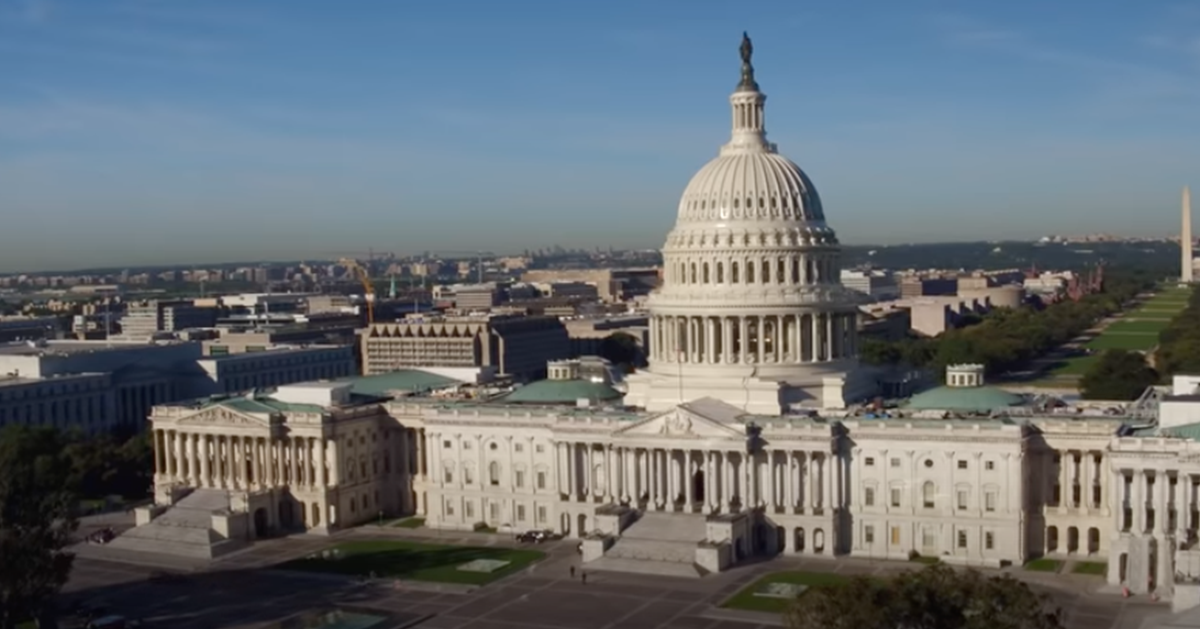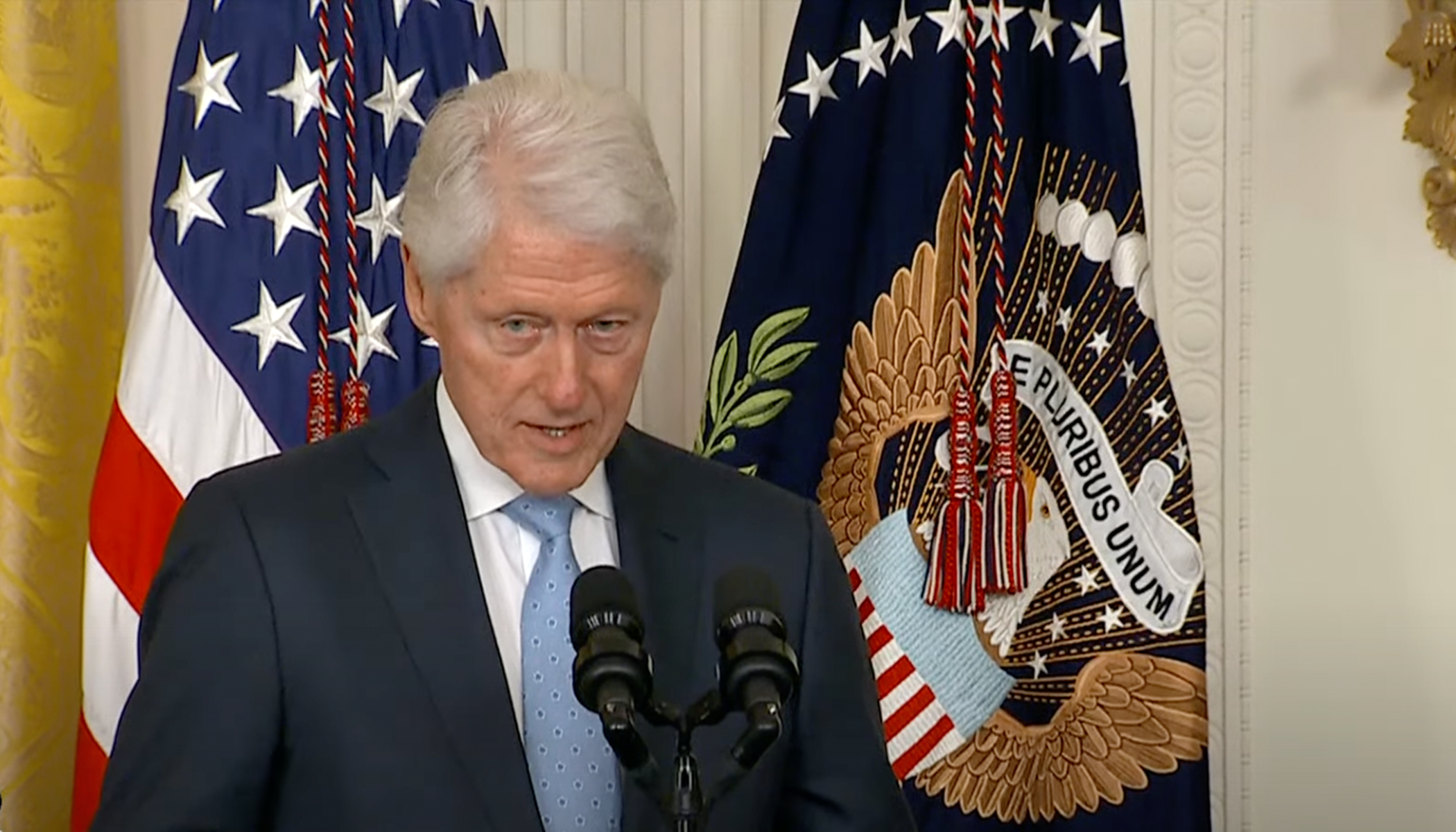Trump Secures Historic Victory in Heavily Latino County
In an unprecedented turn of events, Donald Trump achieved a significant political milestone by winning Starr County, Texas, a predominantly Latino region that has traditionally supported Democrats.
The former president secured 57.7% of the vote in Starr County, marking a dramatic swing in Latino allegiance towards the Republican Party, as the Washington Examiner reports.
Starr County, located along the Texas-Mexico border, is predominantly Latino with 97.7% of its population identifying as such.
Historically, this area has been a Democratic Party stronghold dating back to 1892. Traditionally, the Democratic Party enjoyed vote shares as high as 80% to 90%, with two notable exceptions before Trump's victory: a narrow Democratic Party lead during Nixon's landslide in 1972 and a decrease in Democratic support in 2020 when the vote fell to the 50% range.
A Republican Reversal in Voting Trends
In the most recent election, the county saw a dramatic shift as Trump emerged victorious over his Democratic Party rival, Kamala Harris, who garnered 41.8% of the votes.
This shift emphasizes a broader trend of growing Republican influence among Latino voters, particularly evident in Trump's appeal to Latino men.
The former president's successful campaign in Starr County underscores the highest level of Latino backing a Republican candidate has ever achieved in the area. In contrast, previous elections saw a majority of approximately 66% of Latinos supporting Hillary Clinton in 2016 and 65% favoring Joe Biden in 2020.
Motives Behind the Latino Shift
Analysts point out several factors contributing to Trump's increased support among Latinos. The economic concerns of this demographic, coupled with conservative inclinations, played a crucial role. Trump's tough-talking approach, widely perceived as appealing to Latino men, further bolstered his position.
In addition, Trump's campaign strategy of associating Harris with ideologies related to socialism and communism found resonance among Latino voters. Many of these voters hail from nations governed by left-wing administrations and perceived a parallel between their experiences and Harris's policies.
Democratic Strategy Falls Short
Democrats anticipated that Trump's stringent immigration policies and controversial remarks about Puerto Rico would galvanize Latino opposition. However, these efforts proved insufficient in swaying the majority of the Latino voting bloc against Trump in Starr County.
A critical perspective on the Democratic strategy was offered by Ana Valdez, CEO of the Latino Donor Collaborative. Valdez suggested that the Democrats' "lack of investment in meaningful engagement" left room for the GOP to appeal successfully to Latinos disillusioned with unmet promises. She emphasized Latinos' loyalty to those who "recognize their needs and show respect," rather than strict party allegiance.
The Significance of Starr County's Vote
The results from Starr County are indicative of a significant change in Latino political preferences not only in Texas but potentially across the United States. The demographic has long been seen as a reliable constituency for the Democratic Party. Yet, the recent election showed signs of ebbing loyalty, especially as Trump managed to capture a sizable portion of Latino votes.
Exit polls revealed a clear division in preferences among different subgroups, with a majority of Latino men supporting Trump while Harris maintained slight majority support among the overall Latino electorate. This division highlights the varied priorities and values within the Latino community.
Broader Implications for Both Parties
The outcome in Starr County sends a pointed message to both the Republican and Democratic parties. For Republicans, the victory provides a blueprint for strengthening ties with Latino voters, a group that is increasingly vital in the political landscape. For Democrats, it signals the necessity for more targeted and effective engagement strategies, addressing the specific concerns and aspirations of Latino communities.
As the political climate evolves, both parties are likely to scrutinize these voting patterns closely. Going forward, expanding their outreach and fostering stronger connections within Latino populations will be crucial for securing electoral success.
Future Outlook on Latino Political Engagement
Ultimately, the recent election results in Starr County serves as a pivotal case study in the shifting dynamics of American politics.
As Latino voters continue to assert their influence, political parties must recalibrate their approaches to better resonate with this growing and diverse demographic.
With future elections on the horizon, the lessons learned from Starr County may well shape the strategies employed by candidates courting the increasingly influential Latino vote.





